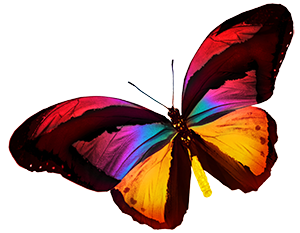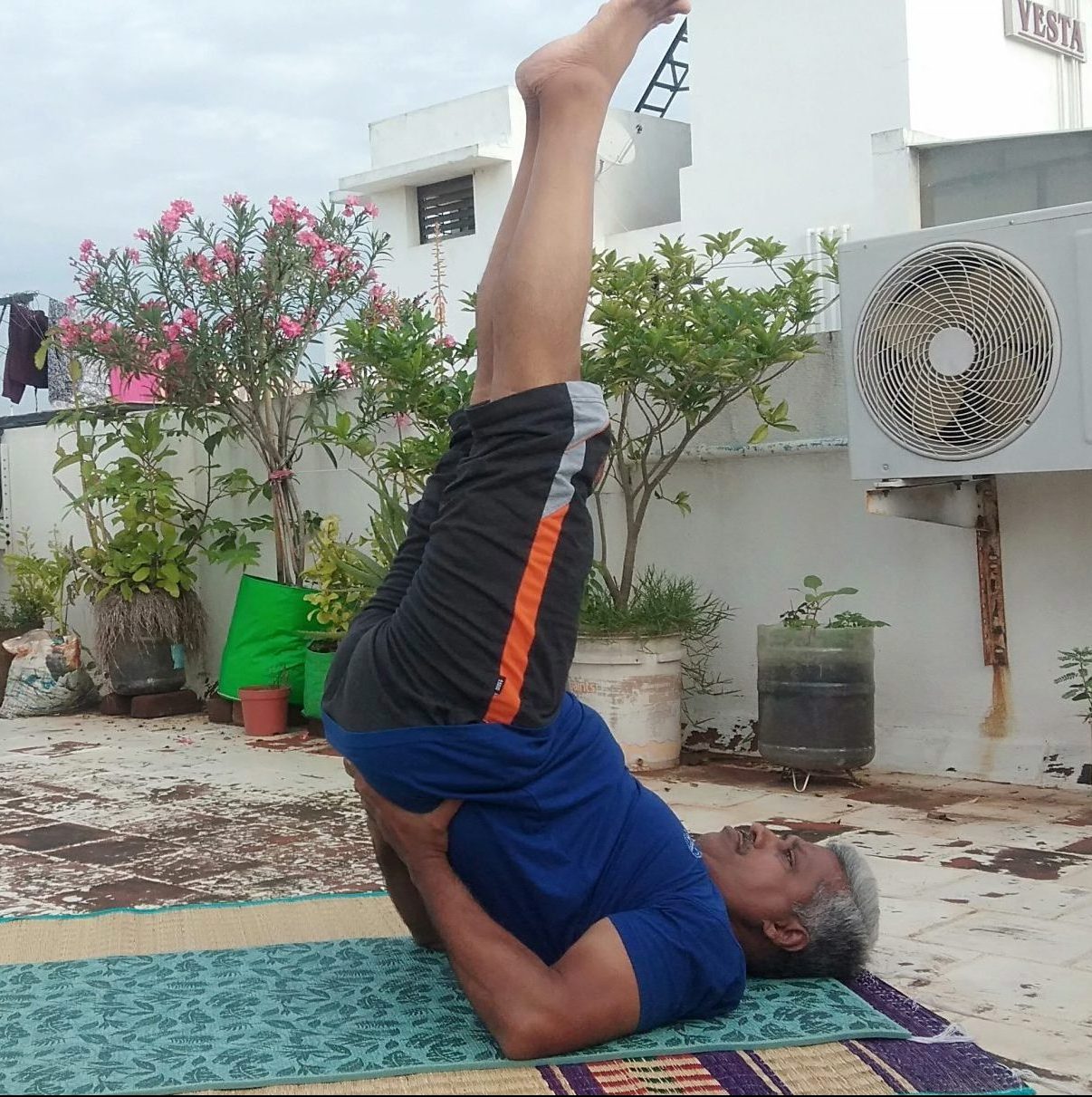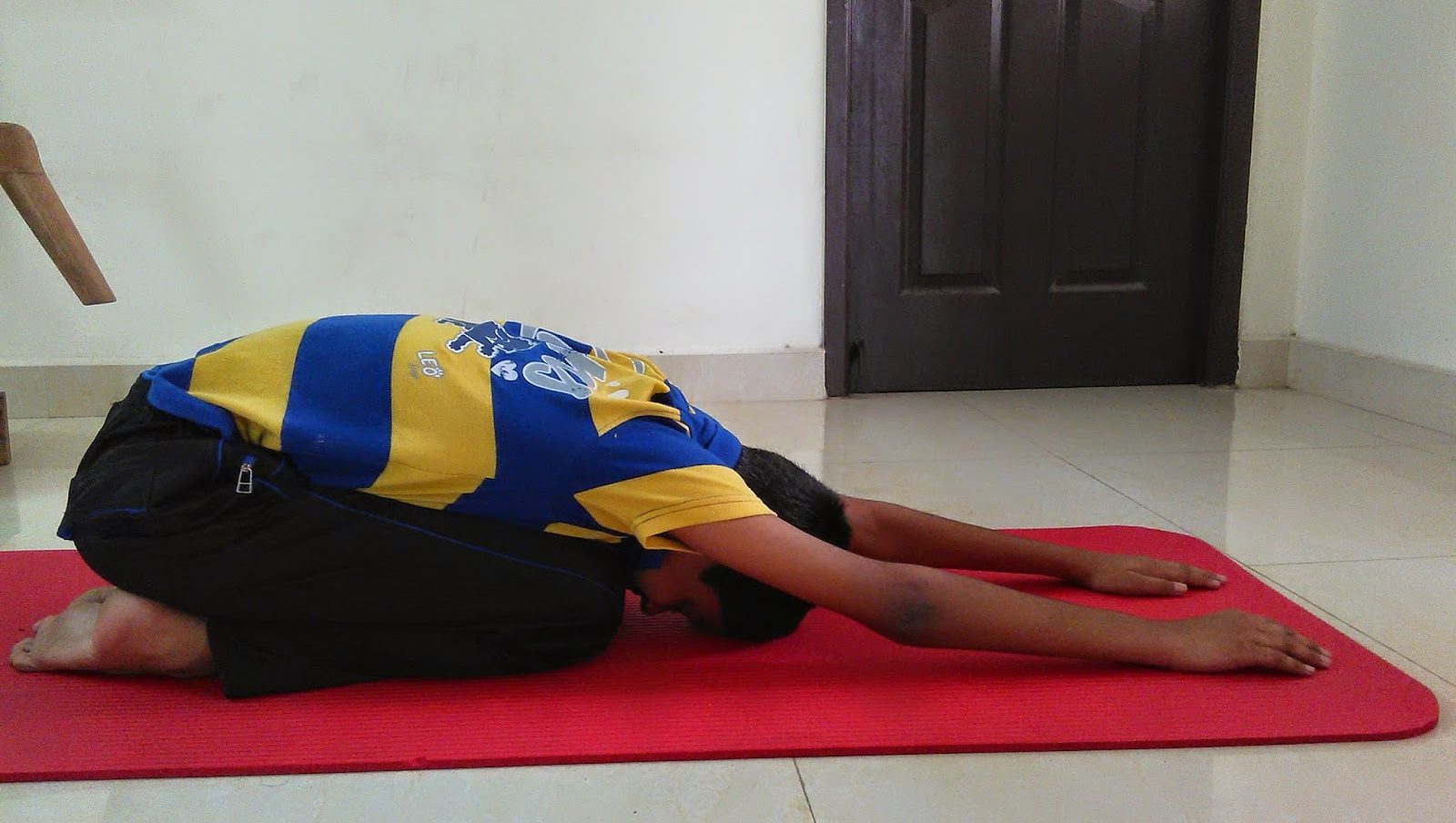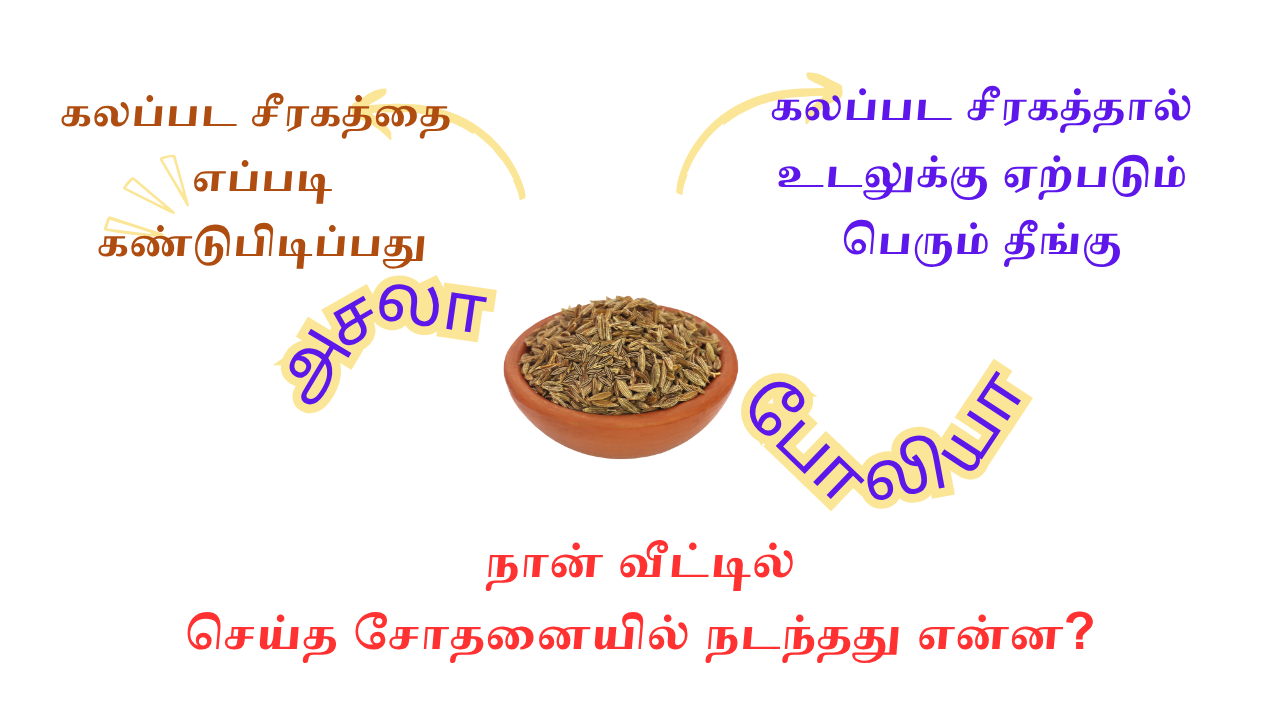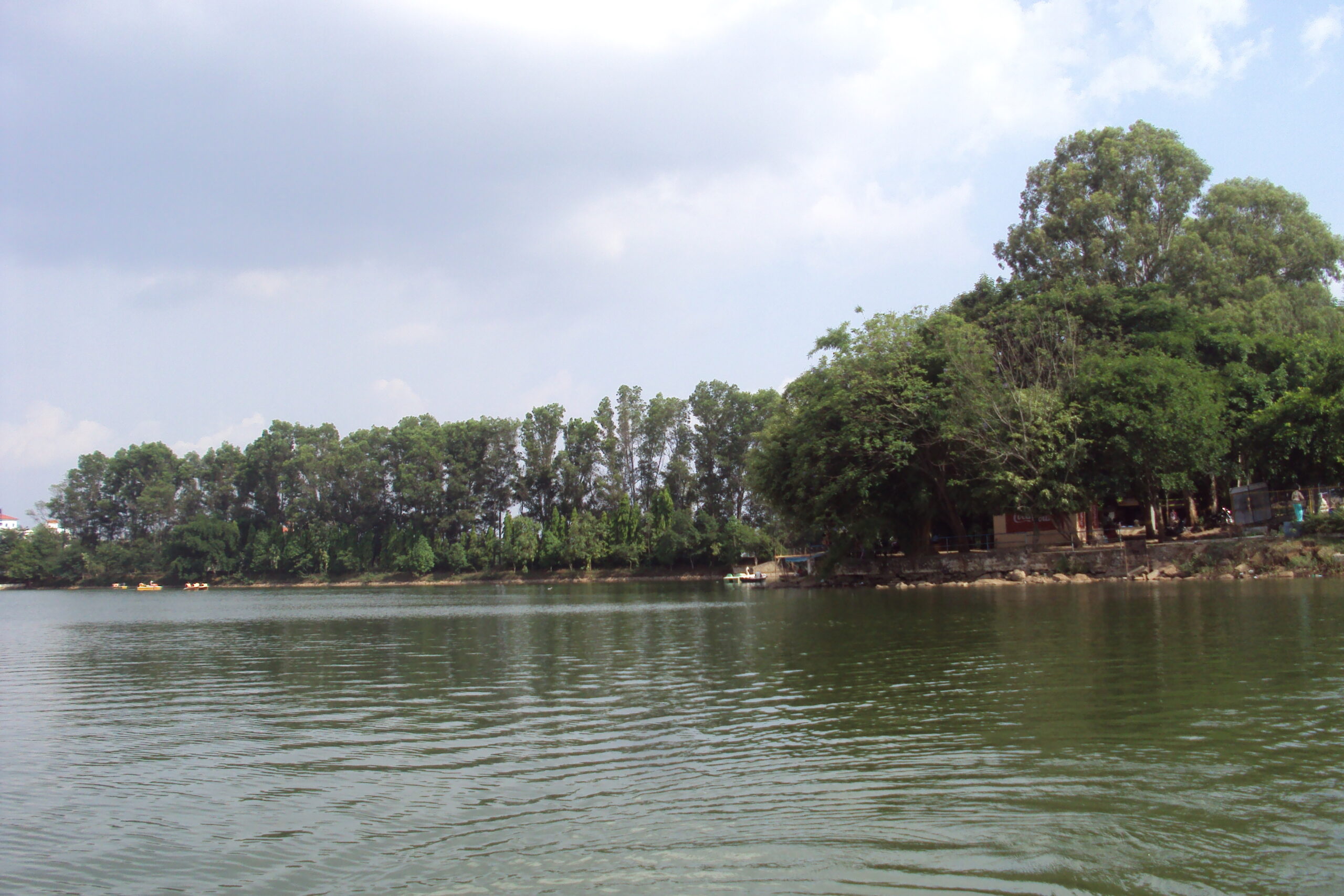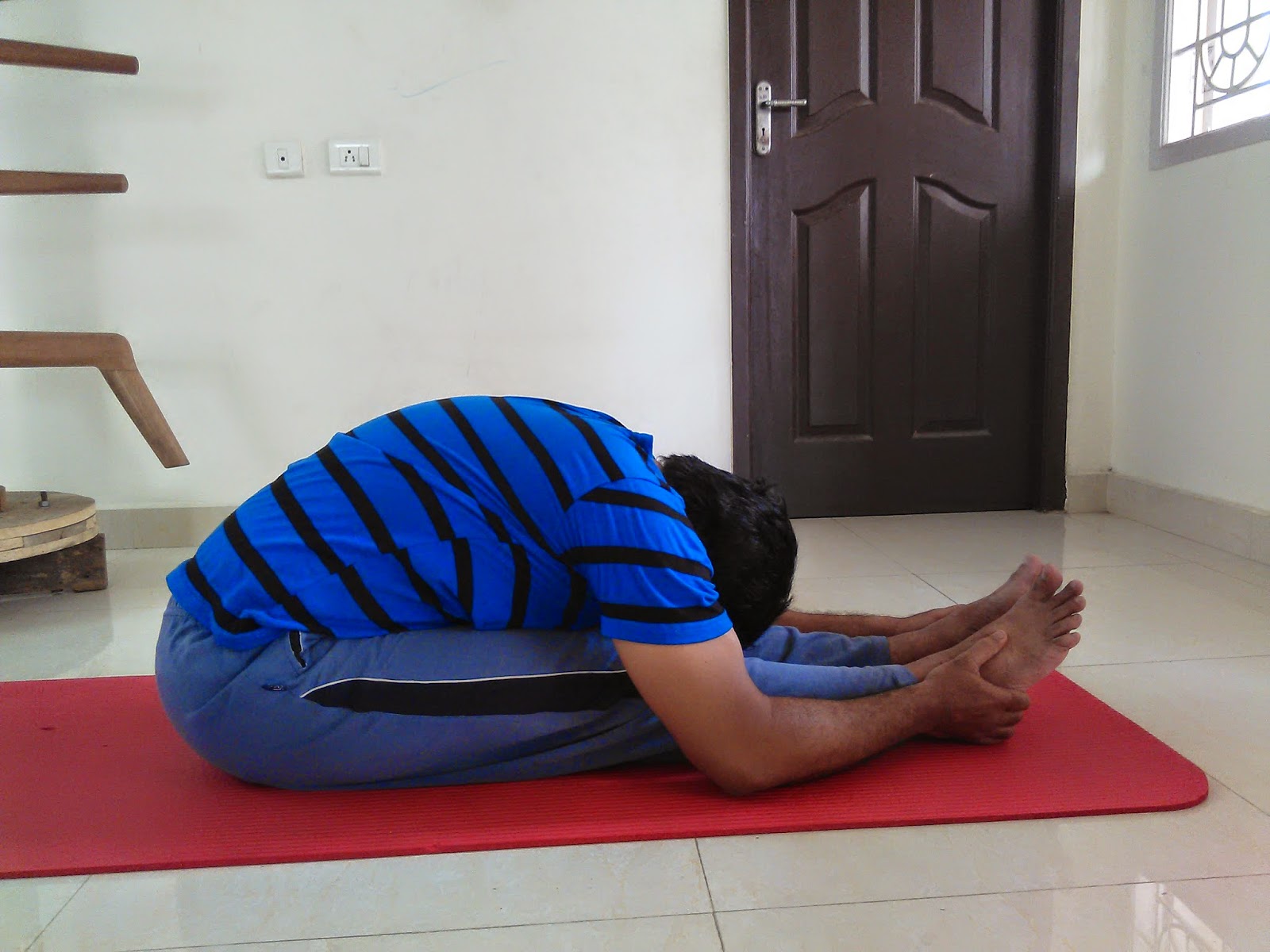Legs Up the Wall Pose provides some of the best benefits of Headstand, the King of all Yoga poses and Shoulder Stand, famously called the Queen of yoga poses. Unlike seen in the image, the pose can be performed quite easily using support which is described in the Note section below.
(For information on how to perform Shoulder Stand, visit this page).
Legs Up the Wall Pose is called as Viparitakarani in Sanskrit. 'Viparita' means 'inverted' and 'karani' means 'to perform'.
Legs Up the Wall Pose is one of the best restorative yoga poses. The pose stimulates manipura, visudhdhi, guru, ajna and sahasrara chakras. Chakras in the head are energy centers that promote wisdom, intuition and help us experience our bond with universal energy.
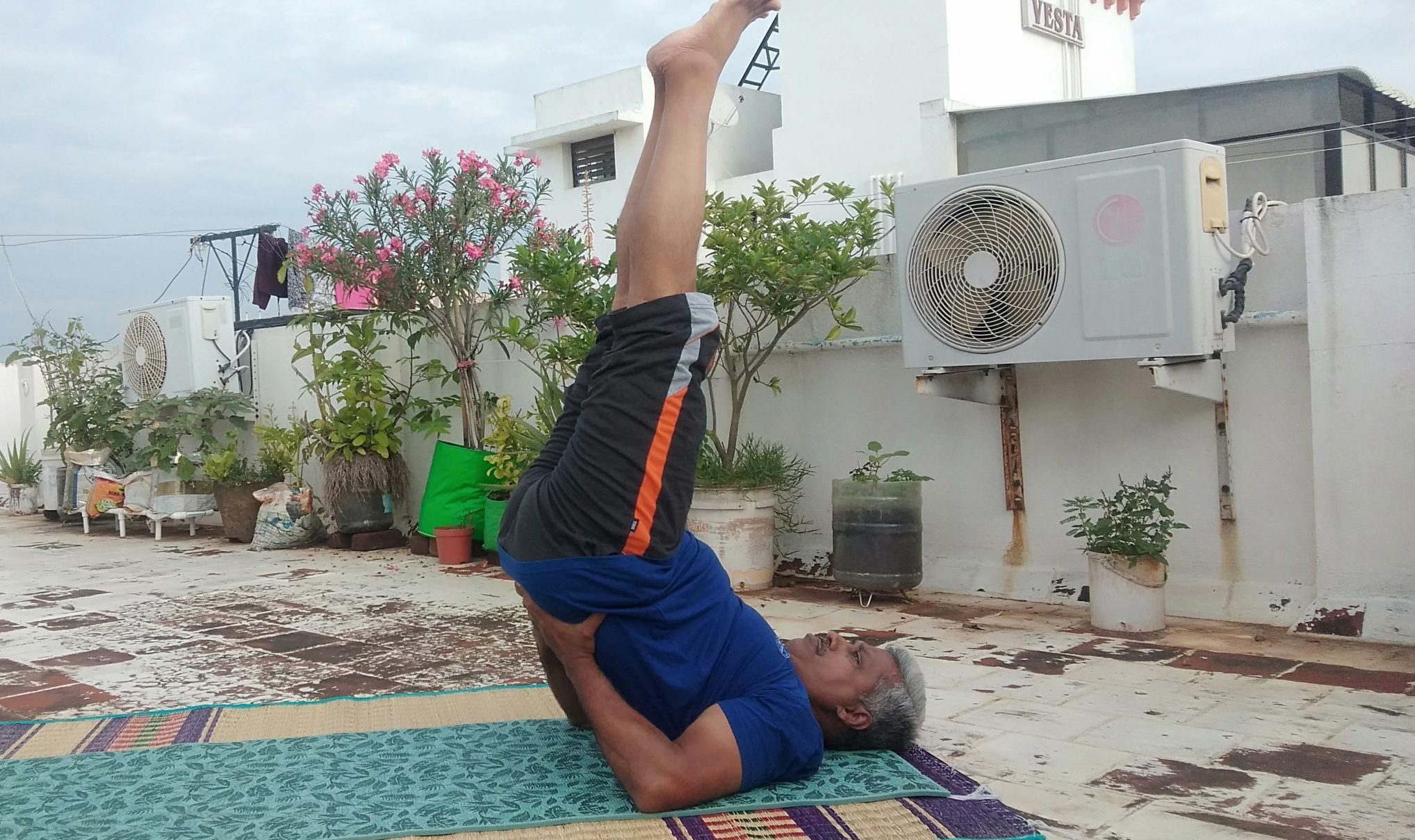
Other Benefits of Legs Up the Wall Pose
- Strengthens lungs
- Boosts heart health.
- Promotes blood circulation
- Regulates functions of thyroid gland
- Regular practice of the pose helps to strengthen the nervous system.
- Improves digestive function
- Strengthens the hips and back
- Reduces excess fat in hips
- Helps to relieve neck and back pain
- Energizes the whole body
- Helps to relieve PMS and menopausal pain
- Improves functions of reproductive organs
- Helps to maintain healthy weight
- Relieves leg pain
- Helps to cure swelling of ankle
- Helps to cure varicose veins
- Promotes youthful appearance; relieves wrinkles on face
- Practicing the pose helps to relieve headache.
- Improves eyesight
- Improves hearing skills
- It is an effective yoga pose for insomnia
- Practicing the pose helps to relieve stress.
- Promotes calm
How to do Legs Up the Wall Pose
- Lie down on your back on the mat with your legs stretched straight.
- Exhale as you lift your legs off the floor as in Half Plough Pose.
- Tilt your legs towards your face.
- Place your palms under your hips and lift your hips off the floor.
- Your hips should be around 45 to 60 degree from the floor and your legs should be aligned to your hips or slightly forward.
- Fix your gaze on your big toes. Alternately, you can keep your eyes closed.
- Hold Legs Up the Wall Pose initially for one minute. Very gradually, you can increase the duration up to 20 minutes.
- To release the pose, place your hips on the floor, bring your legs down to the floor and lie down on your back.
- Relax in Rest Pose for a while.
Note
Holding the pose for longer duration supporting your hips with your hands can be tough. Hence, you can either place a yoga block or two pillows on the floor, sit on it and lie down on the floor so your hips are now elevated. You can place your legs against the wall.
Those with severe eye conditions including glaucoma and those with severe spine and hip problems can refrain from practicing Legs Up the Wall Pose.
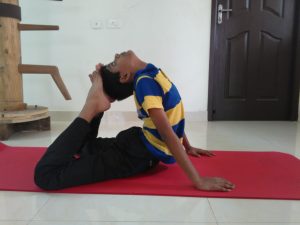
Yoga Pose for Day 96 - King Cobra Pose (Raja Bhujangasana)
We have, in one of our earlier posts, explained the benefits and how-to-do of Cobra Pose. Today's pose is yet another challenging backbend yoga poses as Raja Kapotasana. In Sanksrit, 'Bhujanga' means 'snake'. The reason behind the name is explained in the post on Cobra Pose.
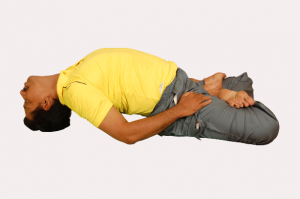
Yoga Pose for Day 94 - Fish Pose (Matsyasana)
Fish Pose is an effective counter pose for Shoulder Stand, Plough Pose and Reclining Angle Pose in which the back is in forward bend though we bend backwards.
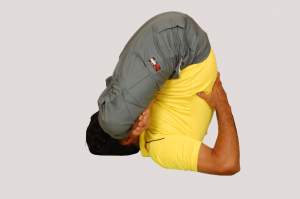
Yoga Pose for Day 93 - Lotus in Plough Pose
Today's yoga pose involves performing Lotus Pose in Plough Pose. You are well aware of both the poses. The pose is called Padma Halasana in Sanskrit. It is also called as Padma Pindasana meaning Lotus Embryo Pose, though there is slight variation to Lotus in Plough Pose.
